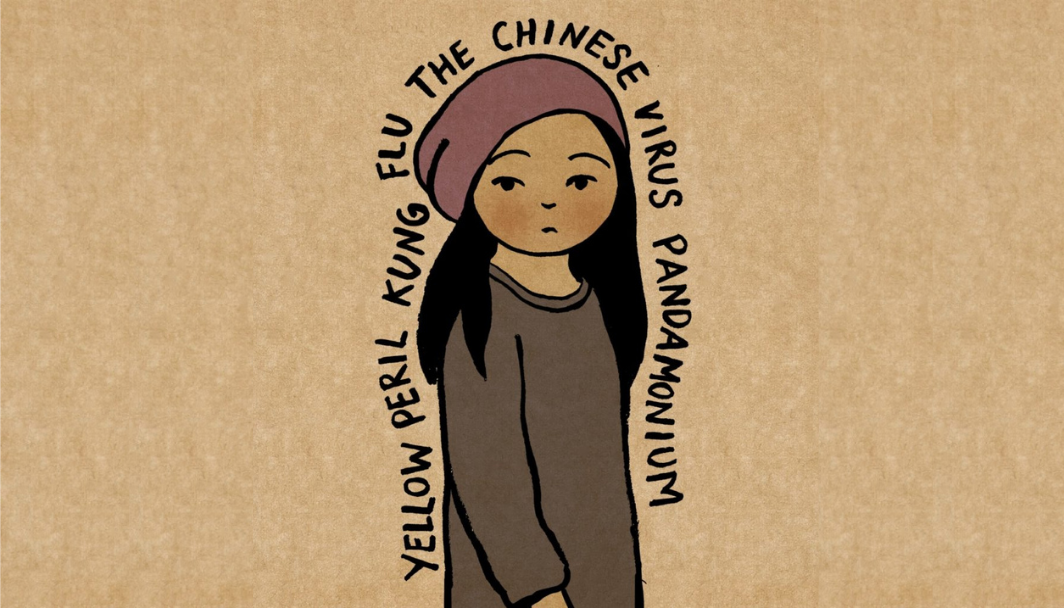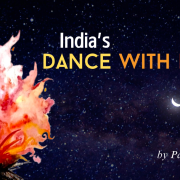On March 16, 2021, a gunman killed 8 people at three different spas and massage parlors in Atlanta, Georgia – 6 of them being of Asian descent. This recent event has brought international news attention but it’s not the first of attacks motivated by xenophobia and racism. From the elderly Filipino man who was slashed in the face with a box cutter to a Chinese woman who was hit and set on fire, many countries are seeing a significant rise in anti-Asian hate crimes. Many people have wrongfully blamed Chinese and other Asian people for starting this virus, despite being completely unrelated to it.
Most racially-motivated attacks never end in the conviction of a hate crime, which brings us to wonder why racism and xenophobia against Asian people come across so normally. Most Gen Z’ers will recognize the fox-eye model trend, the mockery of Asian accents, the questionings of where they’re “really” from, and the reasons why they speak their ethnic languages so fluently. The normalisation has become so prominent that, to a certain extent, many Asian people have gotten used to these oblivious remarks and wrongdoings. While hardly called out in the wider society, these micro-aggressions and blatantly racist actions have consequences on Asian communities.
History tells us all
To understand the treatment of Asian people in the present, it’s important to know about the past and especially two key things: the Yellow Peril and the Model Minority.
The Yellow Peril refers to a metaphor that represents East Asian people as a danger to the Western world, which dates back to the late 19th century up until after World War 2. This fear was racially-driven, in which East Asians are represented as a faceless, existential enemy of “yellow people” who planned to conquer and enslave them. This sentiment has been on the rise again due to the coronavirus pandemic as well as the fears of China becoming the next global power. This narrative only continues to put more Asians at the risk of being hurt.
The model minority is a minority demographic made up of members who are perceived to be of higher socioeconomic status than the average person, thus becoming a reference to other minorities. This exemplary behavior can be seen in educational institutions, workplaces, and other things like marital and family stability. This argument is often applied to Asian communities, suggesting that they are law-abiding, virtuous, and productive immigrants while promoting the stereotype that other minorities such as Black and Latino people are criminals and freeloaders. This phenomenon is especially harmful because these arguments are used to deny the existence of systemic inequalities against Asians, understand or acknowledge Asian achievements, and pit minority groups against each other. Moreover, the model minority acts as a shield for racism by aligning Asians with whiteness while pushing anti-Black and Latino sentiments.
While this narrative has used to separate marginalized communities, Asian and especially Black communities have worked hand in hand in the past to combat racism and inequality together. The Cross-Cultural Solidarity History Project has a great overview of resources to read about historical solidarity between Asian and Black communities, as well as Black/Latino, and Black/Brown solidarity.
Movements like Black Lives Matter and #StopAsianHate should not be pitted against each other as they are both trying to eradicate racist systems and demand equality for these communities. Suggesting that one is more important than the other or that one deserves more attention and resources is counterintuitive, as this only acts as a further division between marginalized communities and supports oppressive discourses on these groups of people.
So what can allies do now?
First and foremost, it’s important that people learn. Take the time to educate yourself and other people about Asian histories, cultures, racism, and harmful stereotypes and actions. It’s hard to learn about everything but start with something easy like learning about Asian communities in the Netherlands or your home country. Many Asian people are grateful that others enjoy their aesthetics and culture, like boba, anime, and KBBQ, but don’t glamorize it without understanding the value of these things in their cultures. Moreover, keep in mind that Asian culture includes so much more than just the tiny proportion that has been often interwoven or adapted overseas. Deep dive into the historical and traditional details and a new world of cultural enhancement could open up for you.
With that, allies can also invest in Asian-owned restaurants, clothes stores, and other goods and services. The coronavirus pandemic has hurt everyone and Asian businesses are suffering because of anti-Asian sentiments on top of that. Here’s a brief list of places in Rotterdam that are Asian-owned:
For those with more money to spare, donating to causes is always an option. People have been injured and even killed, and need financial support to carry them through medical bills, funeral expenses, and other necessities.
- Support the AAPI Community Fund
- For the husband of Soon C Park, victim of spa shooting
- Atlanta Spa Shooting victim “Paul Michels”
- In memory of HyunJungKim to support my brother & I
And last but not least, take part in activism. Seek to educate other people about racism and inequality, share information and resources to help others learn, go to demonstrations (safely, of course), and take direct action against these problems.
- We Need To Talk About Anti-Asian Hate
- Victims of the Atlanta Spa Shootings
- News Sources
- The Yellow Peril Revisited
- Model Minority Myth
Although the occurrence of Asian xenophobia (and other ethnical minorities) date back to so many years before our generations, it’s crucial that we are enlightened and informed about these clearly present issues in many of our societies. We shall use our voice, platform and identity to be educated, raise awareness and take actions in reducing these systematic inequalities for once and for all. So don’t be afraid to speak up, act up and defend what is justified.
Authors: Katrien Nivera & Gwendolyne Cheung
Cover Credits: Lisa Wool-Rim Sjöblom / 정울림


